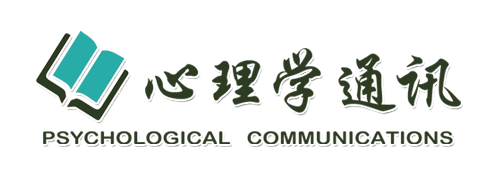LI Chuoran, ZHENG Yue, ZHANG Zongfen, JIANG Wenhui, HU Yingyan, SHAO Yang, QIU Jianyin, FAN Qing
 Download PDF
Download PDF
(
)
 Knowledge map
Knowledge map
 Save
Save
Objective: To understand the attitude of postgraduates majoring in psychology and applied psychology in courses of medical psychology towards the situational case teaching method, and to provide practical basis for the exploration of new teaching methods in clinical application subjects such as medical psychology.
Methods: To carry out situational case teaching to the psychology and applied psychology postgraduates class of 2019 in a college medical school. After the teaching, 13 students were selected for interview, centered around the theme of feelings and attitudes towards situational case teaching method, according to the voluntary principle. The interview data were analyzed qualitatively based on the Colaizzi seven-step analysis method.
Results: Through coding and the analysis, the feelings and attitudes of postgraduates majoring in psychology and applied psychology towards the situational case teaching method include the following 3 first-level themes: the situational case teaching method can arouse enthusiasm of learning; it is conducive to mastering the abstract theoretical knowledge in clinical skills courses; it can convey richer tacit knowledge.
Conclusions: The situational case teaching method is suitable for the teaching of medical psychology courses. It has a positive effect on students’ enthusiasm of learning, theoretical knowledge mastery, improvement on the skill practice ability, and future career development.

